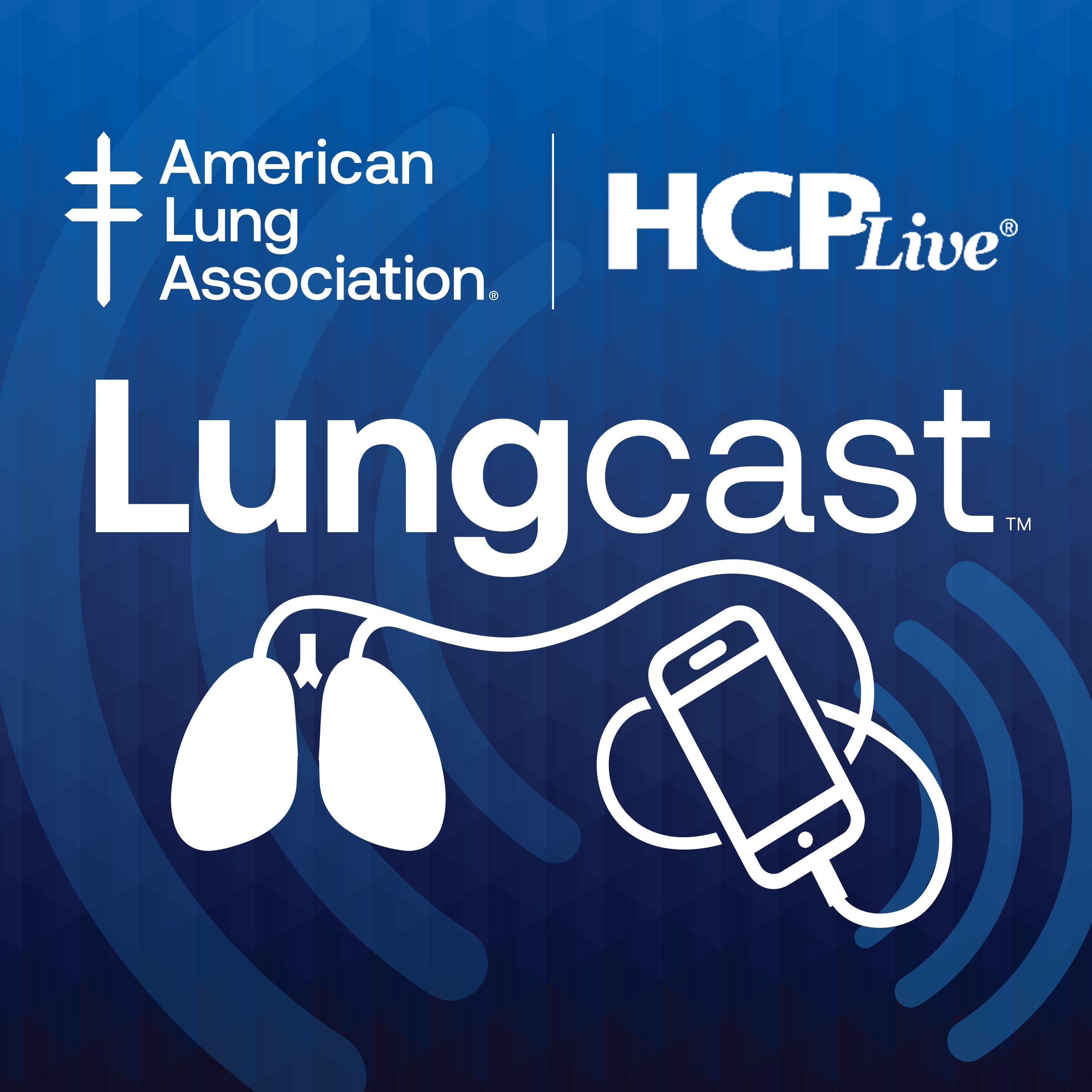Video
Gene Therapy Approaches in SCD
Author(s):
An overview of gene therapy in sickle cell disease as well as clinical trials underway in the space.
Ifeyinwa Osunkwo, MD, MPH: This is where we talk about gene therapy and new drugs under development. I want to throw this out to Abdullah. In broad strokes, can you talk about what gene therapy is? How are we going to use it for the layperson who doesn’t understand all the technical stuff?
Abdullah Kutlar, MD: There are different approaches to gene therapy. When you say gene therapy, the most understood version is you take this sickle mutation and correct it, and the patient is cured. Well, that is now being tried. Before that, there were other interventions for gene therapy. The 1 that has been most used is the bluebird bio, which has an antisickling recombinant hemoglobin…just like fetal hemoglobin with a very significant antisickling effect. They’ve been using this in transfusion-dependent thalassemias. There was a talk at FSCDR [Foundation for Sickle Cell Disease Research Scientific Meeting] 3 or 4 years ago. They started in 2007 in France with transfusion-dependent thalassemias. Their patients are still transfusion independent. Following that, they started a phase 1/2 trial in sickle cell in the United States, HGB-206, and there are more being planned.
There were reports in the last ASH [American Society of Hematology Annual Meeting] about the efficacy. Alexis Thompson had an abstract. She summarized the results of 25 patients who had been followed for 12 months or greater. There have been several advances in this. No. 1, the company has improved its manufacturing process to have more effective introduction of the lentiviral vector into the CD34 cells. The second point is that initially they could not use GCSF in sickle cell because of the known deleterious effects. So they were harvesting the patient’s cells only through bone marrow biopsies. Then they introduced plerixafor, which was found to be safe. According to the report that Alexis summarized, these 40 patients at 12 months had a mean hemoglobin of 11.5 g/dL. The percentage of the antisickling hemoglobin median was 45%. That translates into a great therapeutic effect. And patients continued to be randomized. However, in 2018, 1 of the patients who had received this gene therapy 5 years prior developed myelodysplastic syndrome with monosomy-7.
Wally Smith, MD: Tell our audience what myelodysplastic syndrome is.
Abdullah Kutlar, MD: Myelodysplastic syndrome is a bone marrow disorder. Sometimes it’s the precursor of an acute leukemia, where you do not produce enough blood cells for a variety of reasons. The marrow is crowded with cells, but it doesn’t result in an efficient production of white cells, red cells, and platelets for the most part. As I said, sometimes it can be a precursor to an acute leukemia. In this patient, it was.
After the data were carefully looked at, it was thought that this was not related to the vector. But it was related more to the conditioning therapy with Busulfan, which has been known to result in myelodysplastic syndromes, and that was fine. As of last month, February, there were 2 more patients: 1 with MDS, myelodysplasia, the other with an acute leukemia, with trisomy chromosome 8. The analysis in these is still incomplete as far as I know. But when this happened, the company suspended all its gene therapy trials. We’re at that point now, awaiting further analysis of karyotypes. One of the things they do in monitoring the effects of gene therapy is to look at the integration sites of these vectors to ensure that they’re not disrupting any gene or activating any oncogene or that kind of thing. In the first case, in 2018, there was no evidence of any clonal predominance of any integration sites. But in 1 of these cases, it appears that about 60% of the cells have integrated in 1 site and nobody knows what that site does, the importance of that site. But analysis is progressing.
Transcript Edited for Clarity





